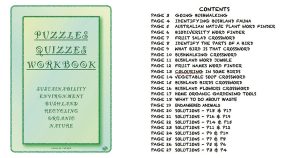Weather forecasters at the Australian Bureau of Meteorology investigate different climate drivers to forecast the weather. Here are some of the climate drivers they look at.
These forecasts are based on the positive Indian Ocean Dipole (IOD) which is weakening and will likely end in early January while the negative Southern Annular Mode (SAM) is likely to persist until the end of December then rapidly decay.
Sea Surface Temperatures
Indian Ocean sea surface temperatures impact rainfall and temperature patterns over Australia. Warmer than average sea surface temperatures can provide more moisture for frontal systems and lows crossing Australia.
Indian Ocean Dipole
Sustained changes in the difference between sea surface temperatures of the tropical western and eastern Indian Ocean are known as the Indian Ocean Dipole or IOD. The IOD is one of the key drivers of Australia’s climate and can have a significant impact on agriculture. This is because events generally coincide with the winter crop growing season. The IOD has three phases: neutral, positive and negative. Events usually start around May or June, peak between August and October and then rapidly decay when the monsoon arrives in the southern hemisphere around the end of spring
Southern Annular Mode (SAM)
The Southern Annular Mode, or SAM, is a climate driver that can influence rainfall and temperature in Australia. The SAM refers to the (non-seasonal) north-south movement of the strong westerly winds that blow almost continuously in the midto high-latitudes of the southern hemisphere. This belt of westerly winds is also associated with storms and cold fronts that move from west to east, bringing rainfall to southern Australia.
The SAM has three phases: neutral, positive and negative. Each positive or negative SAM event tends to last for around one to two weeks, though longer periods may also occur. The time frame between positive and negative events is quite random, but typically in the range of a week to a few months. The effect that the SAM has on rainfall varies greatly depending on season and region.
Their current predictions are January to March 2020 daytime temperatures are likely to be above average. Nights are likely to be warmer than average, except parts of southeast Australia.
Mostly neutral rainfall outlook for January to March. Drier than average rainfall for NSW.
The El Nino or La Nina system is currently ‘inactive, which means there is little or no sign of either developing in the coming months.








